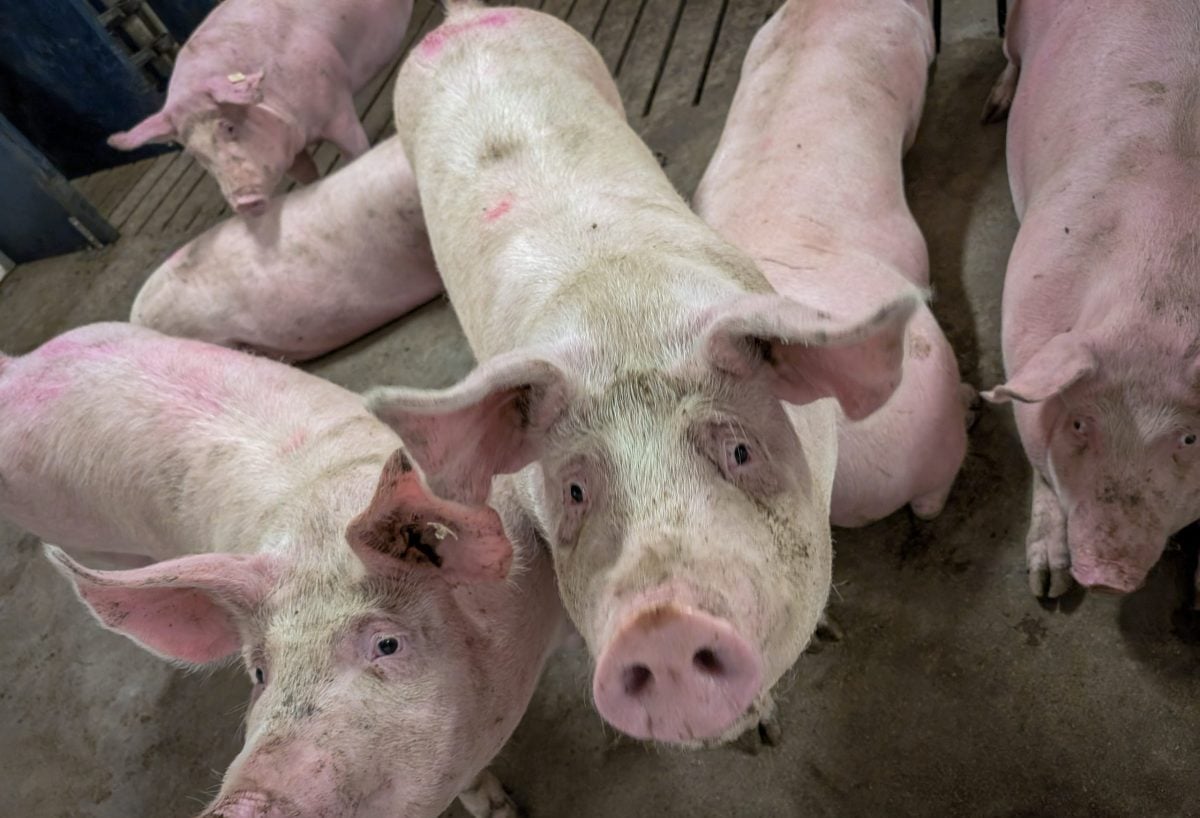MarketsFarm — While Saudi Arabia is a giant among the oil-producing countries of the world, the desert kingdom does produce small amounts of grain. With a population that’s about one million less than Canada’s, Saudi Arabia is extremely dependent on importing its grain from overseas.
The U.S. Department of Agriculture’s (USDA) attaché in Riyadh explained that each year the Saudi Ministry of Environment, Water and Agriculture (MEWA) puts forth a request to the country’s farmers with 50 hectares or less, asking them to grow either wheat or alfalfa. From that, MEWA looks toward receiving up to 1.5 million tonnes of wheat, but it’s a little more than a third of that.
Read Also

U.S. livestock: CME cattle futures lower after sideways trade
Chicago | Reuters – Chicago Mercantile Exchange live and feeder cattle futures inched lower on positioning on Tuesday as thin…
“It has been difficult for MEWA to convince local farmers to produce wheat at the maximum set production level since alfalfa is more profitable than wheat. Alfalfa produces for up to three years and yields between six to nine cuts a year depending on the planting region and weather conditions,” the attaché wrote in their grain and feed report for the USDA’s Global Agricultural Information Network (GAIN).
For the Saudi grain marketing year of July to June, the attaché forecast wheat production for 2023-24 at 600,000 tonnes with imports of 4.9 million. Together with beginning stocks of nearly 2.83 million tonnes, total supply is to be close to 8.33 million. Consumption is pegged at 4.6 million tonnes, with ending stocks to come in at approximately 3.58 million.
The report listed Russia as Saudi Arabia’s top source for wheat imports at 784,361 tonnes in 2021-22, followed by Ukraine at 750,897, Brazil at 676,084 and the European Union at 553,963. Next were Australia providing 113,640 tonnes, then Canada at 56,497, with all other sellers at 12,085. The attaché noted that exports from Ukraine ceased after the Russian invasion.
Also due to that war, all barley imports from Ukraine and Russia came to a halt. Each country was providing about 15 per cent of the 2.46 million tonnes of barley Saudi Arabia acquired from July to December 2021. Since then, the kingdom dramatically stepped up its acquisitions from Australia and the EU, with the two providing all of the 2.72 million tonnes imported from July to December 2022.
The attaché estimated Saudi barley imports for 2023-24 at 4.5 million tonnes, compared to the mere 12,000 produced domestically. Beginning stocks were about 982,000 tonnes, with total supply at more than 5.49 million. With total consumption of 4.43 million tonnes, Saudi barley ending stocks were projected to be 1.07 million.
Corn production for 2023-24 was a tad more than barley at 15,000 tonnes. The attaché forecast imports at 4.2 million tonnes and with beginning stocks of 915,000 the total supply came to 5.13 million. Consumption was set at 4.12 million tonnes, which is to leave ending stocks at 1.02 million.
















